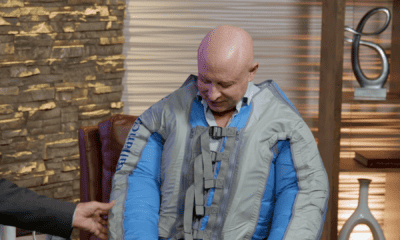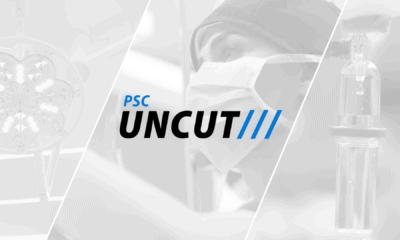Pregnancy and childbirth, breastfeeding, weight loss, and aging can lead to breast volume and tone loss in many women. In many cases, this can also lead breast ptosis, or the sagging and drooping of the breasts. For some women, this can cause them to feel unattractive or lose self esteem. Many women thus turn to breast lift surgery, also known as a mastopexy, to enhance the position and appearance of the breasts. A mastopexy elevates the woman’s breast on the chest wall and repositions the nipple and the pigmented area around it known as the areola.
Two common breast lift techniques are currently practiced:
• Full Breast Lift
in a full breast lift, the surgeon makes three incisions in the breast area that form an inverted letter “T”:
• around the areola
• vertically between the base of the breast and the areola
• horizontally along the crease found beneath the breast
The breast is elevated, excess skin is taken away, and the areola is reduced in size.All scars resulting from the three incisions usually fade substantially. The scar beneath the breast fold is naturally hidden under the fold and from plain view. The other two scars will be naturally obscured or camouflaged.
• Modified Breast Lift
Fewer incisions (and therefore, scarring) are made through this technique. A modified breast lift can be done in several variations, including:
o Donut breast lift (also called Benelli breast lift or concentric mastopexy)– From the surrounding area of the areola, skin is removed; only this area leaves a scar.
o Crescent mastopexy, a modified donut breast lift –Tissue is taken away around the areola, but more is removed from above the areola than from the rest of the area; the result is a raised areola and nipple on the chest wall.
o Lollipop lift, also a modified donut breast lift –Incision is first made around the areola, then vertically to the fold under the breast, before excess skin is removed from under the breast.
Significant complications from a breast lift are infrequent, although as with any surgery, bleeding and a poor reaction to anesthesia are potential risks. Following a breast lift, the breasts may not be exactly symmetrical, but most patients experience no major problems. However, anyone considering breast lift surgery should consider the benefits and the risks.












Facebook
Twitter
Instagram
YouTube
RSS